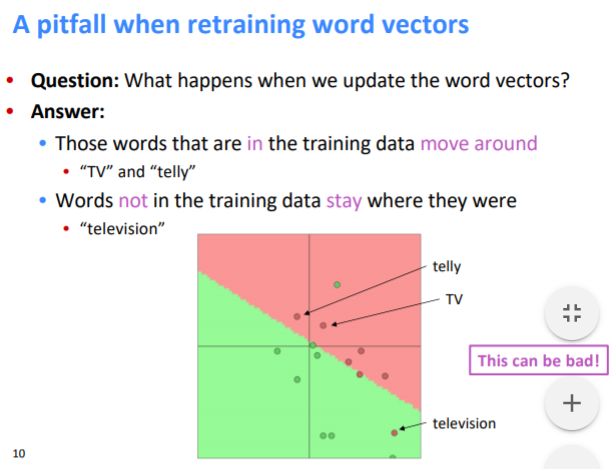The embedding matrix which used in the initialization of the Embedding layer is highly trained on a large corpus of text. The training and the data are so huge that the embedding has learnt a type of association between words.

A pretrained embedding like Word2Vec will produce vectors for words like school and homework which are similar to each other in the embedding space.
Many such associations are learnt after rigorous training mostly on high-end machines and precisely calculated parameters.
Why is the Embedding layer set to trainable=false?
As mentioned in the code, we have given a pretrained embedding matrix to the Embedding layer through the weights= argument. As the word suggests, its "pretrained" and requires no additional training.
We can enjoy the benefits of such an embedding by keeping it untrainable.
Additional training in the context of our task, may result in unusual behaviour of the Embedding layer and also distort the learned associations.
In some cases, the Embedding layer is kept trainable.


